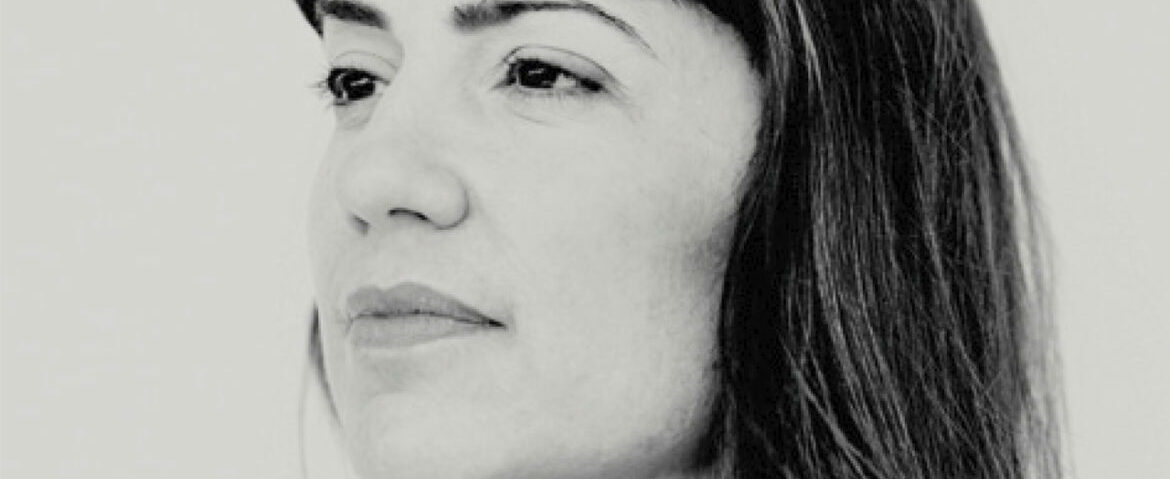Pandemics and the resulting consequences such as the requirements of physical isolation at home and physical distancing in the public realm have direct and immediate impacts on all debates, processes, and implementations in urban architecture and urban design. As we are still dealing with the classification and evaluation of the current Covid-19 crisis, the preliminary conclusion of the impacts on the field of urban design are ambivalent and mixed.
Obviously, certain ongoing processes and developments undergo currently an acceleration, whereas others seem rather to suffer from serious setbacks. For instance, when looking at urban mobility, certainly the use of the bicycle as an everyday mode of transportation has witnessed a strong lift. In Germany and Switzerland, cycle dealers experienced an all-over sales increase of up to 40 percent. People queue in front of bike sales and repair shops, and it’s hard to arrange short-term appointments. On the other hand, the other “ally” in the envisioned urban mobility transition, public transportation such as buses, trams, and trains loose reputation and confidence as it is not recommended for people to gather densely in small and closed rooms. Concluding, the private car as a means of transportation becomes more and less popular at the same time.
Similar aspects can be observed to all “shared” sort of facilities. On the one hand, as working and schooling from home has been a reality for many people in the last few weeks, it has also become clear that permanent “home offices” reach quite fast their limits. An obvious conclusion are blended solutions and mix of working from home, sharing flexible office spaces (“co-working facilities”), and personal meetings in the headquarters, universities, and other places where people are employed. As physical distancing and hygiene measures are required, co-working spaces suffer from the same setbacks as public mass transportation.
Equally ambivalent are first conclusions on further debates of urban density (people, buildings, functions, and uses) and the strongly related public green and open spaces. It became obvious in the last few weeks that quality open and green spaces next to the private homes are more important than ever. At the same time favour current developments due to Covid-19 the retreat to the private sphere, creating new and/ or additional inequalities for people who cannot (or don’t want to) afford private houses in the suburbs, surrounded by private greenery.
The same applies to recently more popular discussion around “micro-living” and “micro- apartments”, in a combination of the above-discussed aspects of working from home and the increased need for private green outdoor spaces. Suddenly, certain achievements in the debate of consuming (massively) less living space per person may suffer serious setbacks, and developments might even be completely stopped and reversed.
Trying to conclude from the thoughts briefly sketched above, urban designers will have to intensify efforts on creating high quality public spaces of all kinds, in the combination of high-quality urban density. As challenging as it might be, implementing (increased) urban densities of uses, functions, and buildings will only fall on fertile ground if we equally manage to create large and high-quality green and open spaces where people can meet.
